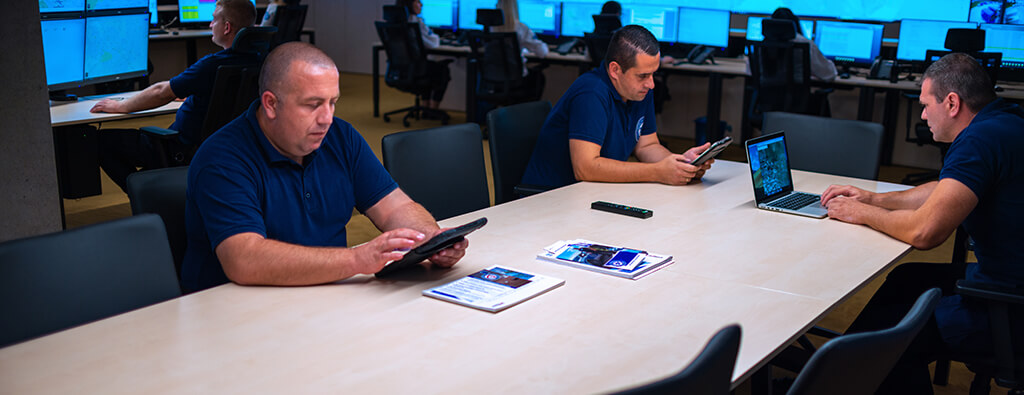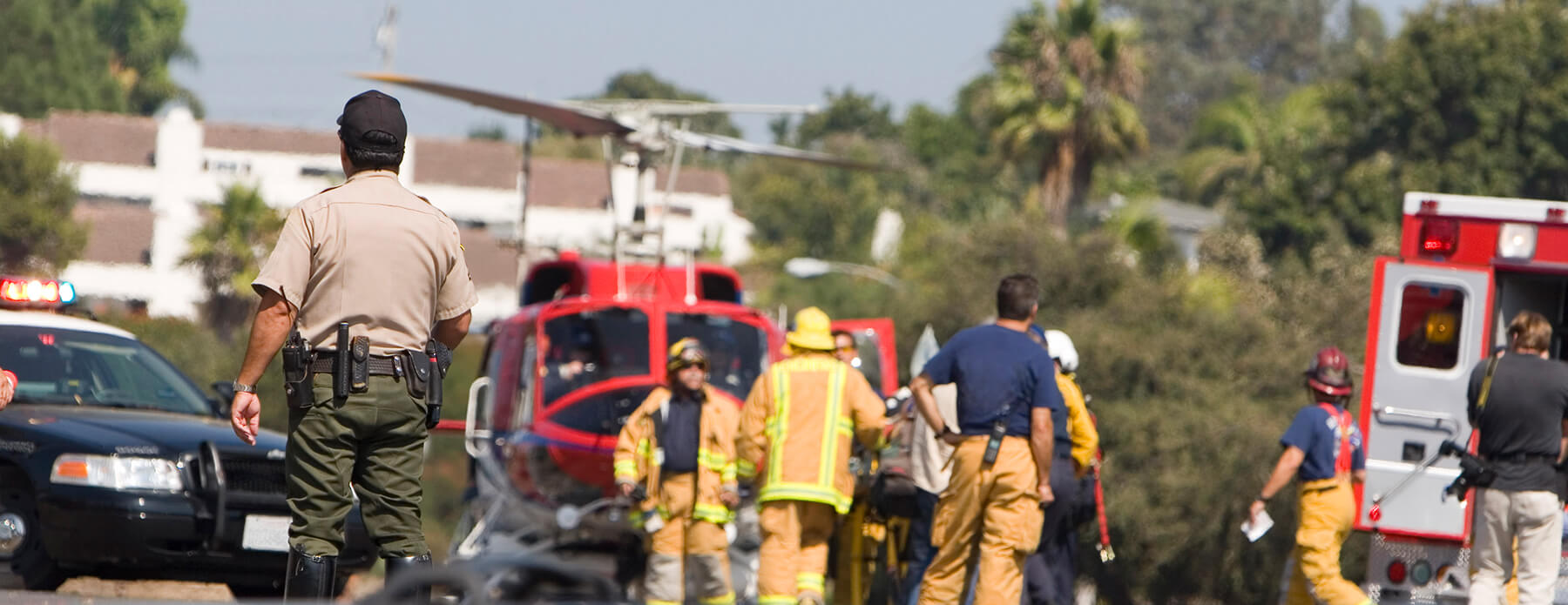PREPARE
Are you prepared for a disaster? Your preparedness is our priority
We help you prepare for incidents and events, and support your preparation as a team and community to help you be stronger and more resilient.
How you prepare determines how quickly you recover. Our expert team has the qualifications and experience to assess, prepare, train, exercise, and execute plans to continue essential services post-incident or event. We offer tailored solutions that address your unique needs, ensuring every aspect of your emergency management program is robust and effective. Our approach enhances your overall readiness, resulting in a knowledgeable and confident team capable of responding to and recovering from incidents, disasters, and events with resilience and precision.
The latest news and insights

Developing an Effective Airport Emergency Plan (AEP)
Learn how to develop an effective Airport Emergency Plan (AEP) to ensure safety, minimize risks, and enhance emergency preparedness for any airport crisis.

What is an Incident Management Team? – Their Function in Emergency Management
Learn what an incident management team (IMT) is, its roles, types, and how it helps with organized responses to emergencies.

Understanding the National Incident Management System (NIMS)
Find out how the National Incident Management System (NIMS) helps organizations across the US effectively manage emergencies and promote a coordinated response.
Meet our preparedness experts

Carlos J. Castillo
Sr. Vice President, Executive Advisor and FEMA/DHS Market Lead

Daniel A. Craig
Chief Executive Officer

Ashlee Herring Delventhal
Sr. Director, Response

Brad Gair
Sr. Vice President/Principal, Major Programs and Advisory Services

James K. Joseph
President, State, Local & Commercial Division

Eric Letvin
Vice President of Resiliency

Frank C. Sardelli
Chief Financial Officer

Kymmie Scott
Project Manager, Preparedness

Luke Strickland
Assistant Vice President, Recovery, Preparedness & Mitigation

Paul Taylor
Vice President, Project Delivery, State, Local & Commercial Division